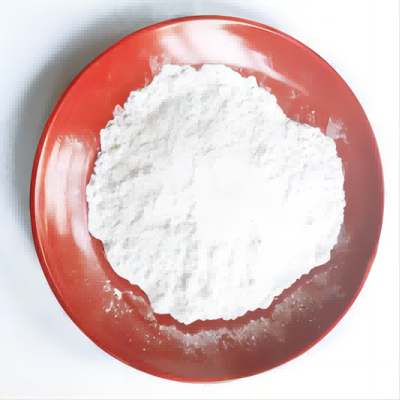4-Vinyl-1,3-dioxolan-2-one CAS:4427-96-7
4-Vinyl-1,3-dioxolan-2-one has several key applications in polymer science and materials engineering, driven by its unique structural characteristics and reactivity: Monomer for Polymer Synthesis: One of the primary uses of 4-vinyl-1,3-dioxolan-2-one is as a monomer for the synthesis of polymers. Its vinyl group allows it to undergo free radical polymerization, leading to the formation of poly(vinyl dioxolane) and other copolymers. These materials can exhibit desirable properties such as flexibility, thermal stability, and enhanced adhesion. Production of Functionalized Polymers: The presence of the dioxolan-2-one structure enables the incorporation of additional functional groups during polymerization. This versatility allows for the tailoring of polymer properties, making it suitable for specific applications in coatings, adhesives, and sealants that require enhanced performance or environmental resistance. Coatings and Adhesives: Polymers derived from 4-vinyl-1,3-dioxolan-2-one can be formulated into specialty coatings and adhesives. These products are valuable in various industries, including automotive, aerospace, and construction, where strong adhesion and durability are essential. Biomedical Applications: Due to its biocompatibility and ability to form hydrophilic materials, derivatives of 4-vinyl-1,3-dioxolan-2-one can be explored for biomedical applications. These include drug delivery systems, tissue engineering scaffolds, and other specialized medical devices that require specific mechanical properties and degradation profiles. Research and Development: In academic and industrial research settings, 4-vinyl-1,3-dioxolan-2-one serves as a useful building block in exploring new materials and chemical reactions. Researchers investigate its polymerization behavior and potential modifications to develop next-generation materials with innovative properties. In summary, 4-vinyl-1,3-dioxolan-2-one is a versatile compound with significant applications in polymer synthesis, coatings, adhesives, and biomedical fields, driving advancements in material science and engineering.



| Composition | C6H8O3 |
| Assay | 99% |
| Appearance | white powder |
| CAS No. | 4427-96-7 |
| Packing | Small and bulk |
| Shelf Life | 2 years |
| Storage | Store in cool and dry area |
| Certification | ISO. |









